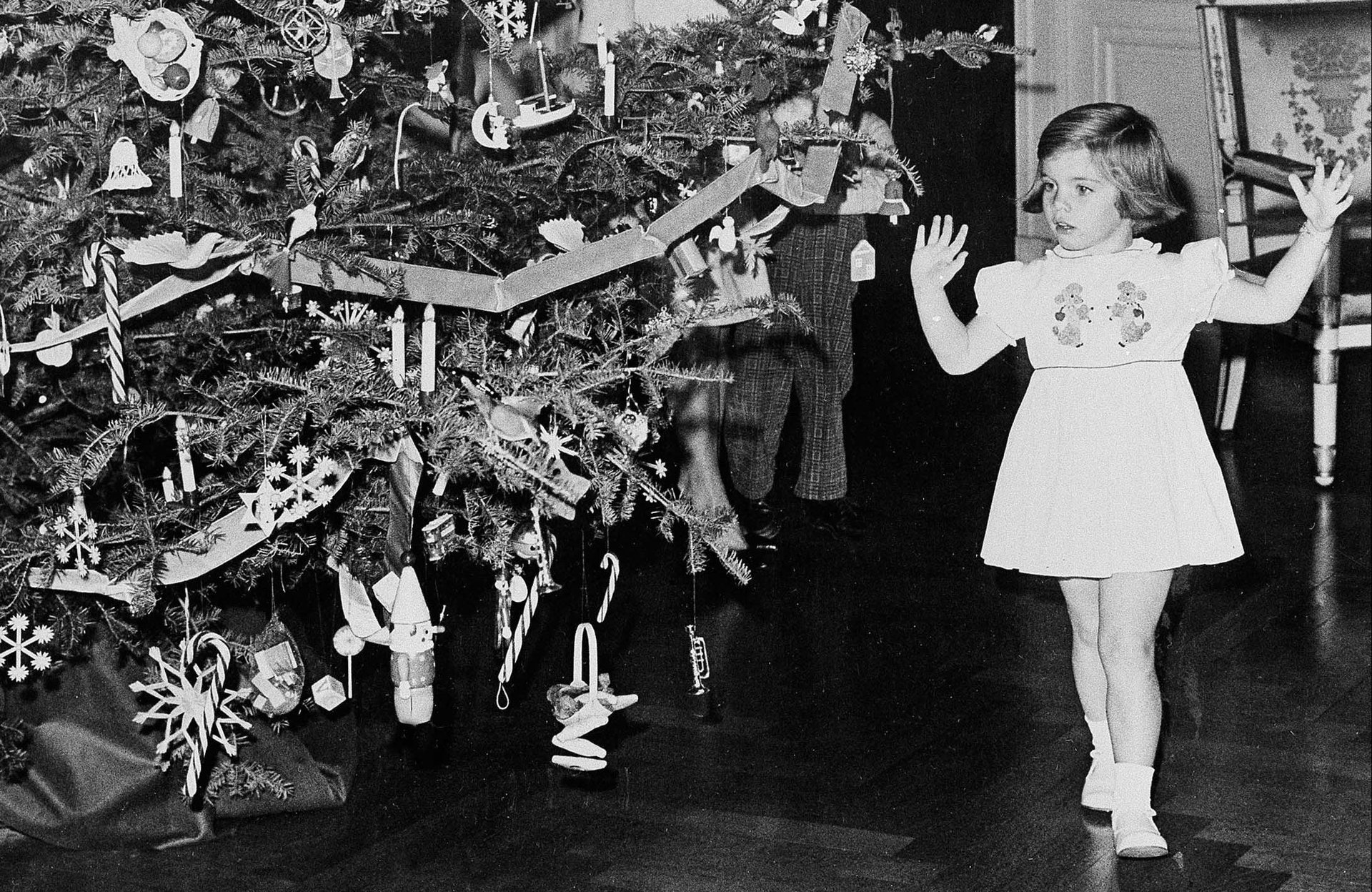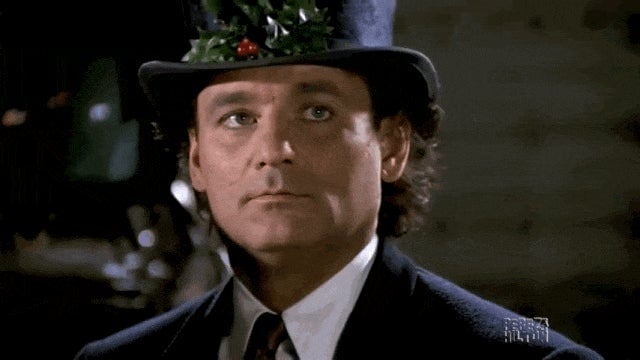We should thank Melania Trump for spotlighting the joy of Scary Christmas
This week, much of the world (myself included) mocked Melania Trump’s dystopian Christmas aesthetic. Some noted that her White House decorations, which include a dark hallway lined with spotlit branches, looked an awful lot like the “stick labyrinth” at the end of True Detective. Others wondered whether the first lady’s inspiration board included the White Witch from Narnia and the Upside Down from Stranger Things. Melania Trump’s director of communications, Stephanie Grisham, even summed up the effect in a single, perfect tweet:


This week, much of the world (myself included) mocked Melania Trump’s dystopian Christmas aesthetic. Some noted that her White House decorations, which include a dark hallway lined with spotlit branches, looked an awful lot like the “stick labyrinth” at the end of True Detective. Others wondered whether the first lady’s inspiration board included the White Witch from Narnia and the Upside Down from Stranger Things. Melania Trump’s director of communications, Stephanie Grisham, even summed up the effect in a single, perfect tweet:
Is Grisham overcome with festive cheer—or warning the world of impending holiday doom? It’s hard to tell, and therein lies the genius of Scary Christmas. This a season distinguished by icy temperatures, interminable nights, and “Carol of the Bells” on repeat (an urgent, foreboding melody that sounds like it’s being sung by an army of avenging ghosts). Christmas can be spooky.
Melania Trump did not invent Scary Christmas, although she is an expert executor (executioner?) of the aesthetic: cold, haunting, and glittering in the dark. People around the world have been embracing the spooky side of the holiday season for centuries. In 2014, Quartz’s Caitlin Hu called the weeks between Dec. 4 and Jan. 6 “the season of terror:“
Across the Italian, Austrian and Slovenian Alps, cowbell-slung demons called Krampus storm mountain towns … In France, the legendary serial killer and butcher Pere Fouettard (Father Whipper) threatens naughty children with his whip, while in Belgium and the Netherlands, a controversial child-kidnapper called Zwarte Piet (Black Piet) rides through canals on a steamship … On Dec. 25, goat-footed Kallikantzaros goblins emerge from underground and demand piggyback rides in Greece, Bulgaria, Turkey and the Balkans, and Germany’s Frau Perchta creeps into homes to slit open bad children and stuff their bellies with straw.
The US has replaced the murderous fraus and goat-footed goblins with the more clean-scrubbed and consumer-friendly Santa Claus. But there’s still plenty of stateside delight in the traditions of Scary Christmas.
As kids, my sister and I used to get all dressed up to go to St. Louis’s spookiest old theater and watch The Nutcracker—a ballet based on an 1816 fairy tale about a girl who falls in love with a wooden doll and winds up sacrificing her human life to live in his parallel universe. (We had a grimacing nutcracker of our own that sat on our mantel come Christmas, disturbing me on an annual basis.) It’s worth noting that the original story also included a pedophiliac godfather and a seven-headed mouse king. It’s a Christmas classic!
As is, of course, Charles Dickens’ A Christmas Carol, in which Ebenezer Scrooge is visited by three time-traveling ghosts who attempt to scare him out of his miserly ways. For my money, there is no greater adaptation than the 1988 movie Scrooged, starring Bill Murray as TV executive Frank Cross, with the New York Dolls’ David Johansen as the taxi-driving Ghost of Christmas Past and Carol Kane as a glitter-dusted Ghost of Christmas Present, who knocks out Cross with a toaster to the head. The movie is mostly hilarious—until it is horrifying, when the Ghost of Christmas Future brings Cross to a place that looks a lot like Melania’s Christmas corridor, and he sees himself burned alive in a modern fireplace. I dread that scene each year, but without it, Scrooged might just be another corny Christmas movie. This way, it gives us more reason to leave the twinkle lights turned on and to hide beneath the blankets–coziness as a coping mechanism.

Ideally, with a batch of ginger snaps. Ginger, it turns out, came to Europe from Indonesia with murderous crusaders. And gingerbread was immortalized in the Grimm Brothers fairytale Hansel and Gretel, which tells the story of a witch who uses a gingerbread house as bait for children, the better to fatten them up for eating later on. Then there’s the fairy tale about the old man and woman who bake a gingerbread boy so they can have a child—only to have the gingerbread boy run away and eventually get devoured by a fox. This dessert is awfully dark. But hey, it’s Christmas!
Today, many of us suffer from holiday-related anxiety brought on by too many social events or a failure to live up to the merry, family-oriented expectations of the season. Other Grinches and Scrooges simply balk at an overdose of saccharine optimism this time of year. In such cases, it can come as as a relief if to stop trying to spread Christmas cheer and instead lean into the strange scariness of the season. There’s a Jack Skellington lurking inside us all.